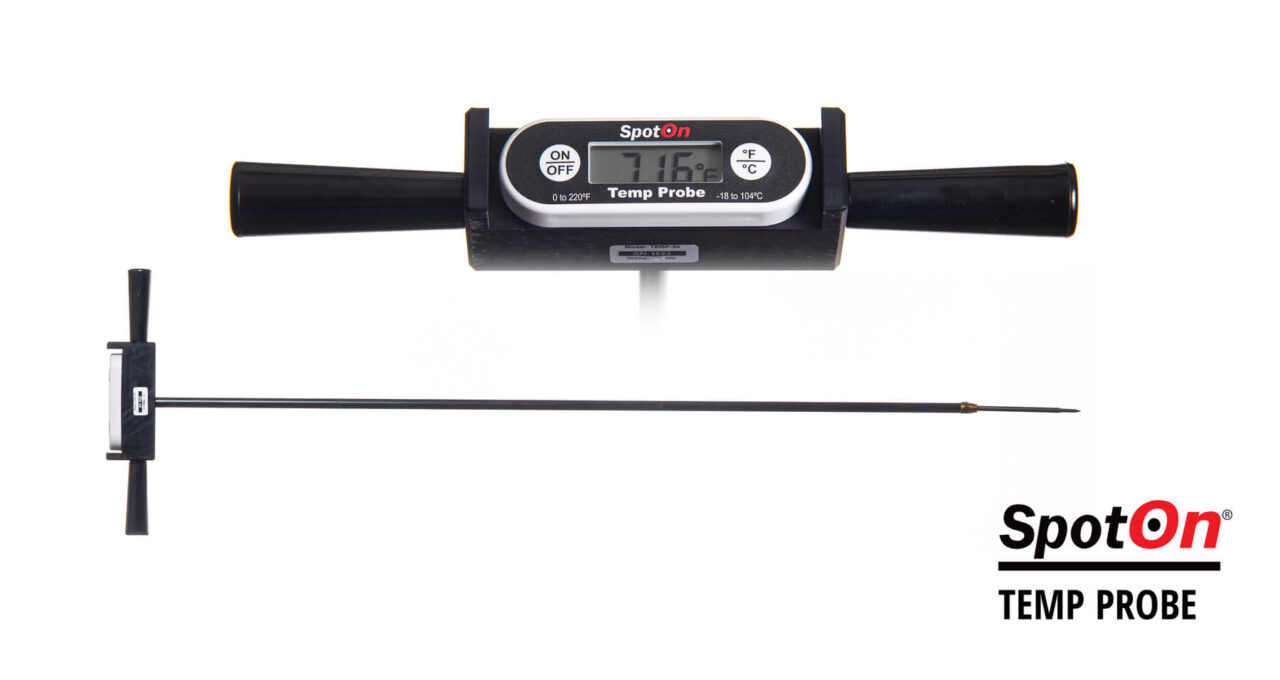Variable Rate Irrigation Gains Followers
Irrigation systems have had the ability to apply different amounts of water throughout a field for decades, using timers that can sometimes be cumbersome and demand a lot of manpower to adjust. What’s new is being able to pre-program a custom application of water based on one-tenth of a degree — that’s up to 3,600 different controls and parameters in one field. Such is the promise of variable rate irrigation (VRI).
One way water can be controlled is based on system speed, with each pie wedge that a machine covers becoming its own sector. Users just change the speed within each sector to change the amount of water being applied.
The other VRI method is to actually put valves on all sprinklers. Users then put as many sprinklers they want in a particular zone and group them individually or by two or more.
Depending on growers’ field situations and conditions, they can decide how many sectors and zones to create and how large to make each one. Then a prescription is written to control the operation and application depth in each area.
Some irrigation manufacturers have their own software that allows growers to develop prescriptions themselves or draw on the services of a crop consultant. Then too, third-party software can be used in some irrigation systems.
Because the technology is so new and “fairly expensive,” many growers, while interested, are waiting to see what comes of it. Others who have jumped in have had some success and in fact, purchased VRI capabilities for additional systems. Soil is key. The most successful situations have been where fields have large yield variations due to soil type variations and VRI changes the water application rates accordingly.





